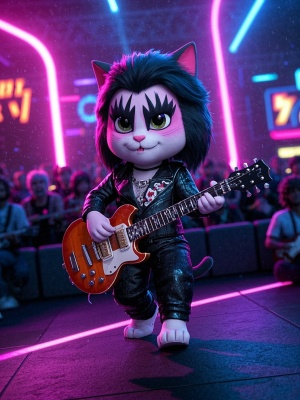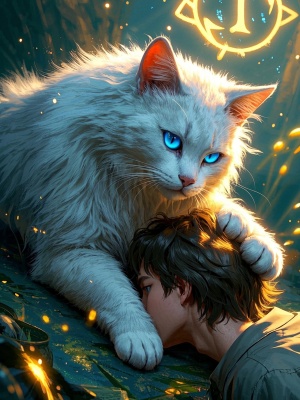The Art of Cat Portrait Drawing: A Comprehensive Guide
Cat portrait drawing is a fascinating art form that captures the unique personality and beauty of our feline friends. Whether you're a professional artist or a beginner, creating a lifelike cat portrait requires understanding feline anatomy, mastering various techniques, and developing an eye for detail. This guide will explore the essential aspects of cat portrait drawing, from choosing the right materials to capturing your subject's essence.
Understanding Feline Anatomy for Accurate Portraits
Before putting pencil to paper, it's crucial to understand the fundamental structure of a cat's face and body. Unlike human portraits, feline features require special attention to certain distinctive characteristics.
Key Anatomical Features to Observe
- Triangular head shape with prominent cheekbones
- Large, almond-shaped eyes with vertical pupils
- Short muzzle and small nose
- Pointed ears that rotate independently
- Whisker pads and prominent whiskers
For more inspiration on capturing animal features, visit our gallery showcasing various pet portraits.
Choosing the Right Drawing Materials
The quality of your materials can significantly impact your final portrait. Here's a breakdown of essential supplies:
Traditional Drawing Tools
- Graphite pencils (ranging from 2H to 8B)
- Quality drawing paper (100+ gsm)
- Kneaded eraser and sharpener
- Blending stumps or tortillons
Digital Drawing Options
For those preferring digital art, consider tablets with pressure sensitivity and software like Photoshop or Procreate. Our AI painting guide offers valuable insights into digital art techniques.
Step-by-Step Drawing Process
Creating a compelling cat portrait involves several stages, each requiring patience and attention to detail.

1. Initial Sketch and Proportions
Begin with light guidelines to establish the basic head shape and feature placement. Remember that cats' eyes are typically one eye-width apart.
2. Developing Fur Texture
Cat fur requires layered approach:
- Start with base tones using light strokes
- Build up darker areas gradually
- Use varied pencil pressure for depth
- Add final highlights with eraser
3. Capturing Expressive Eyes
A cat's eyes are the focal point of any portrait. Study reference photos to understand how light reflects in feline eyes, creating that characteristic sparkle.

Common Challenges and Solutions
Even experienced artists face difficulties when drawing cat portraits. Here's a problem-solution matrix:
| Problem | Solution |
|---|---|
| Fur looks flat | Vary stroke length and direction, layer tones |
| Eyes appear lifeless | Leave bright highlights, add subtle reflections |
| Proportions seem off | Use grid method or comparative measurement |

For more troubleshooting tips, check out our pet photo style guide which includes artistic approaches to animal portraits.
Advanced Techniques for Realistic Portraits
Once you've mastered the basics, these techniques can elevate your cat portraits:
- Negative space drawing: Focus on the spaces around the cat to define its shape
- Value mapping: Identify and exaggerate light and dark areas for dimension
- Selective detailing: Keep some areas soft while sharply defining key features
According to a study published in the Journal of Visual Art Practice, artists who employ these techniques create more emotionally engaging animal portraits.
Conclusion: Developing Your Unique Style
Cat portrait drawing is both a technical skill and an artistic expression. While mastering anatomy and technique is important, don't forget to develop your personal style. Whether you prefer hyper-realistic renderings or more impressionistic interpretations, what matters most is capturing the spirit of your feline subject. With practice and patience, you'll find your unique voice in this rewarding art form.
For more artistic inspiration and tutorials, explore our blog featuring various drawing techniques and styles.